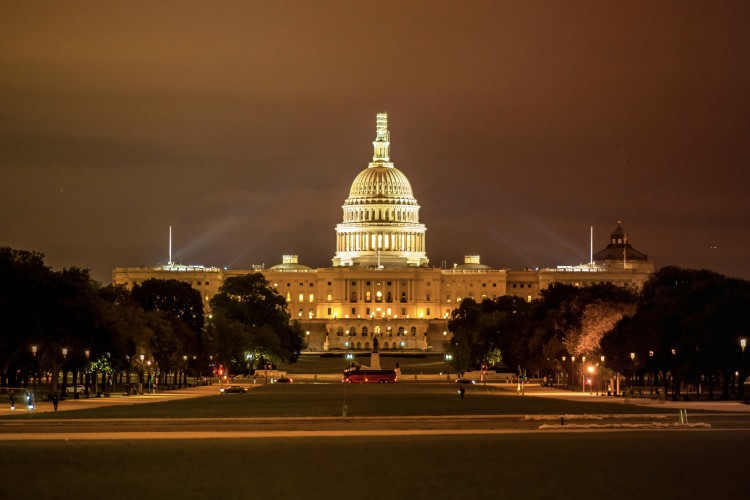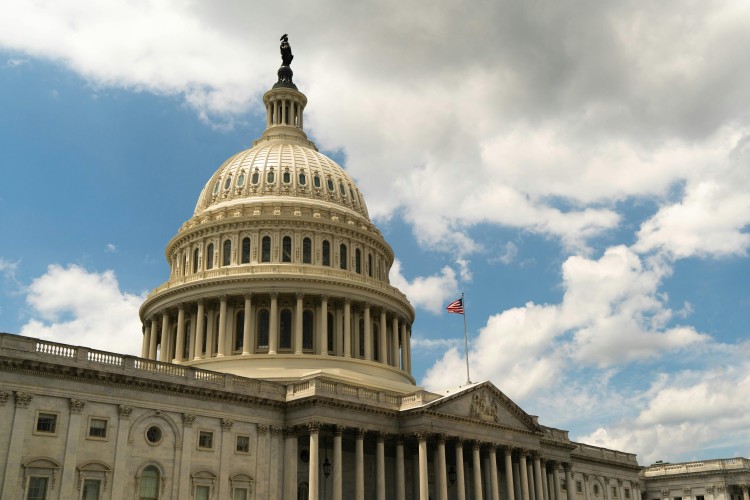The Debt Ceiling, in 5 Minutes or Less

The United States has accumulated $31.4 trillion in debt over many decades and across multiple presidential administrations of both political parties. The debt is built through annual budget deficits, when the U.S. government spends more money than it takes in through taxes. To account for this gap (which averages about $1.5 trillion per year), the U.S. government sells “IOUs” to the public, borrowing money now and promising to pay it back later, plus interest.
However, the U.S. government is –by law– only allowed to issue so many IOUs (e.g. take on debt). This limit on IOUs is what’s known as the “debt ceiling” and it can only be raised if Congress and the President agree to change the law. Nevertheless, the U.S. government is also required –by law– to pay for all the programs and obligations Congress and the President have previously committed to, such as social security, Medicare, Medicaid, defense and nondefense spending, as well as interest payments on our existing $31.4 trillion debt.
The U.S. government maxed out its limit of IOUs earlier this spring. It has been using accounting gimmicks (called “extraordinary measures”) to keep paying the bills, but it runs out of budget tricks next Monday, June 5. If the debt ceiling is not raised by then, the U.S. government will not be able to pay for all of its existing obligations and will enter partial default. The U.S. government has never defaulted before, so the economic effects of a partial default are not fully known, but most mainstream economists agree even a short-term default would be ‘catastrophic’.
Over Memorial Day Weekend, President Biden and House Speaker Kevin McCarthy negotiated a compromise to raise the debt ceiling. The deal proposes a number of changes, but those most relevant to Youth Collaboratory members are:
1) Caps on federal spending for non-defense programs over the next two years. There will be no new money for non-defense programs in FY24 or FY25 under this deal.
2) Exempting the following individuals from the work requirements for SNAP (food benefits) programs:
- “Homeless individuals”
- “Veterans”
- “Individuals who are 24 years of age or younger and who are in foster care… on the date of attaining age 18.”
3) Beginning October 1, 2025, states will be required to demonstrate that a much higher percentage of recipients of TANF are meeting work requirements. This could reduce the money available for cash assistance at that time.
Now that a deal has been announced, Congressional leaders and the President are in a race against the clock to pass the legislation before next Monday, June 5. Success is likely but not guaranteed. As many as 100 House Republicans are expected to vote against the deal, meaning House Minority Leader Hakeem Jeffries will need to produce an equal number of Democratic votes. This is potentially challenging, as many progressive House members are unhappy with the caps on non-defense spending and changes to anti-poverty programs. The bill will also need similar bipartisan support to garner the 60 votes necessary to pass the Senate.
Both chambers must follow a set of procedures before voting on a bill, so the first true test for the deal will be a vote on the House Floor on Wednesday, May 31. If successful, the House will then send the bill to the Senate for a vote, before the Senate passes it on to the President for signature. There is enough time before June 5 to complete all these steps, but leaders in D.C. cannot afford many mistakes or unforced errors as the default deadline nears.
Check back on this blog for more updates and analysis following the bill’s passage (or failure).


